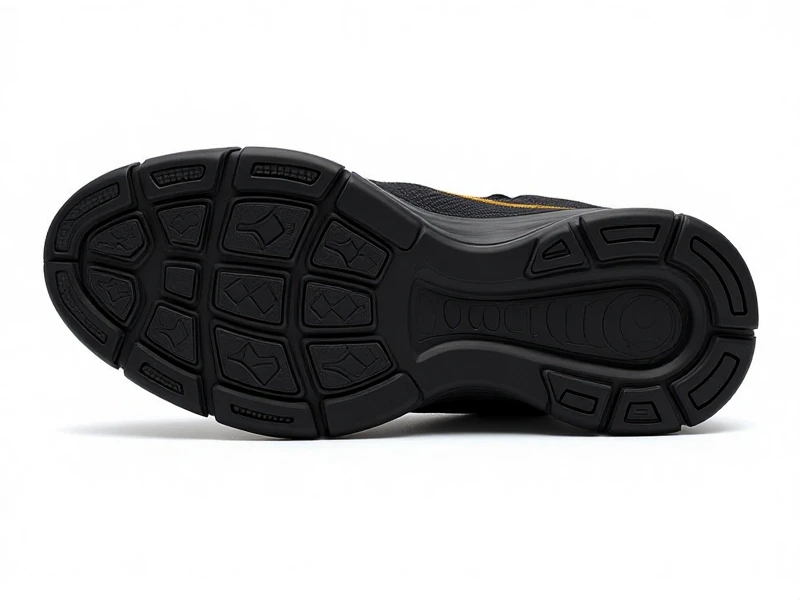
Innovating Safety: The Critical Role of Shock Absorption in Modern Life
In today's fast-paced world, shock absorption technology is no longer a luxury—it's a necessity. From athletic performance to everyday commutes, effective shock absorption reduces injury risks, enhances comfort, and extends the lifespan of equipment. But what exactly is it? In simple terms, shock absorption refers to the ability of materials or systems to absorb and dissipate kinetic energy from impacts, minimizing vibrations and preventing abrupt forces from causing harm. This innovation transforms how we interact with the world, ensuring safety and efficiency across various domains.
Consider sports and fitness. High-quality running shoes incorporate specialized cushioning systems like EVA foam or gel units that absorb shock with every stride. This not only boosts endurance by reducing joint stress—studies show it can lower injury rates by up to 25%—but also elevates overall performance. Elite athletes rely on these advancements to push boundaries, whether in basketball shoes that soften landings or cycling saddles that ease bumps on rough trails. In competitive environments, ignoring shock absorption risks both physical setbacks and lost opportunities.
The automotive industry equally depends on robust shock absorption. Car suspensions use hydraulic or air-based shocks to neutralize road imperfections, delivering a smooth ride that combats fatigue and improves fuel efficiency. Think about your daily drive: without this technology, every pothole could translate into discomfort or vehicle damage. Similarly, public transportation and electric scooters integrate shock absorbers for rider safety. On a broader scale, shock absorption extends to electronics, where smartphones and laptops feature impact-resistant designs to protect against drops and ensure device longevity. Here, materials like reinforced polymers act silently to save you from costly repairs.
Beyond personal use, shock absorption innovations drive industrial and architectural progress. Buildings in earthquake-prone zones employ base isolators that absorb seismic shocks, safeguarding lives. Manufacturing plants use vibration-dampening mounts to prevent machinery wear and tear, boosting productivity. The key benefits? Reduced downtime and lower maintenance costs, alongside enhanced user safety. Modern advances leverage smart technologies, such as adaptive dampers that sense surface changes and auto-adjust in real-time, paving the way for smarter cities and homes.
To maximize benefits, consumers should prioritize shock absorption ratings when buying gear—look for certifications like CE marks for safety equipment. Regular maintenance, such as replacing worn shoe insoles or car shocks, ensures optimal function. As we move forward, emerging trends like AI-integrated systems promise tailored solutions based on usage patterns. Embrace these innovations today; your comfort and security depend on it. By investing in superior shock absorption, you enhance not just performance but the journey itself—a small step with monumental impact.